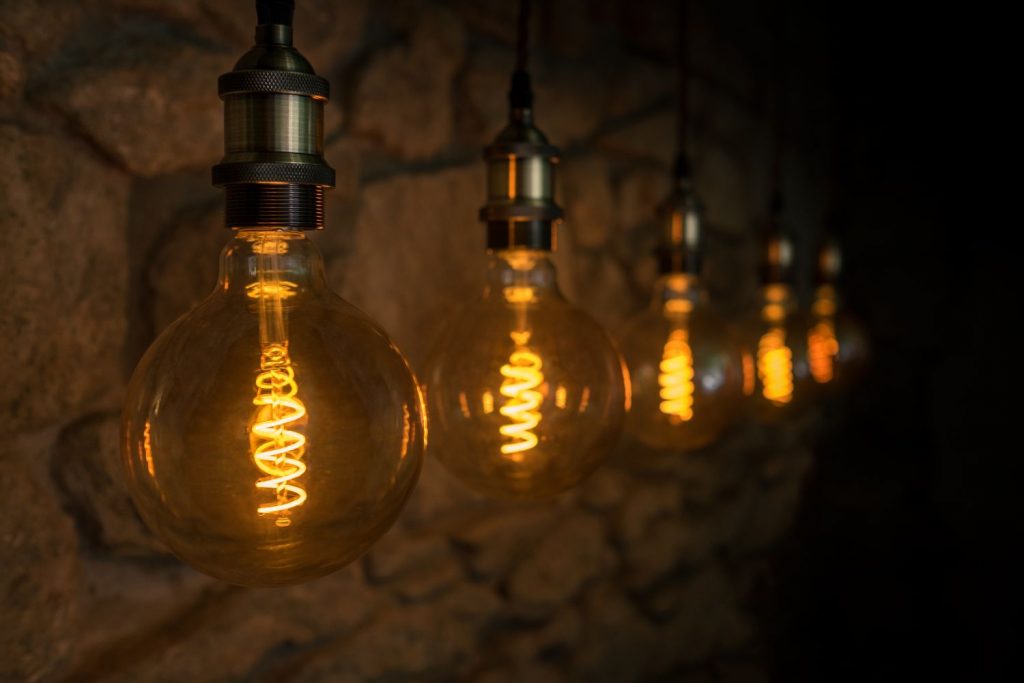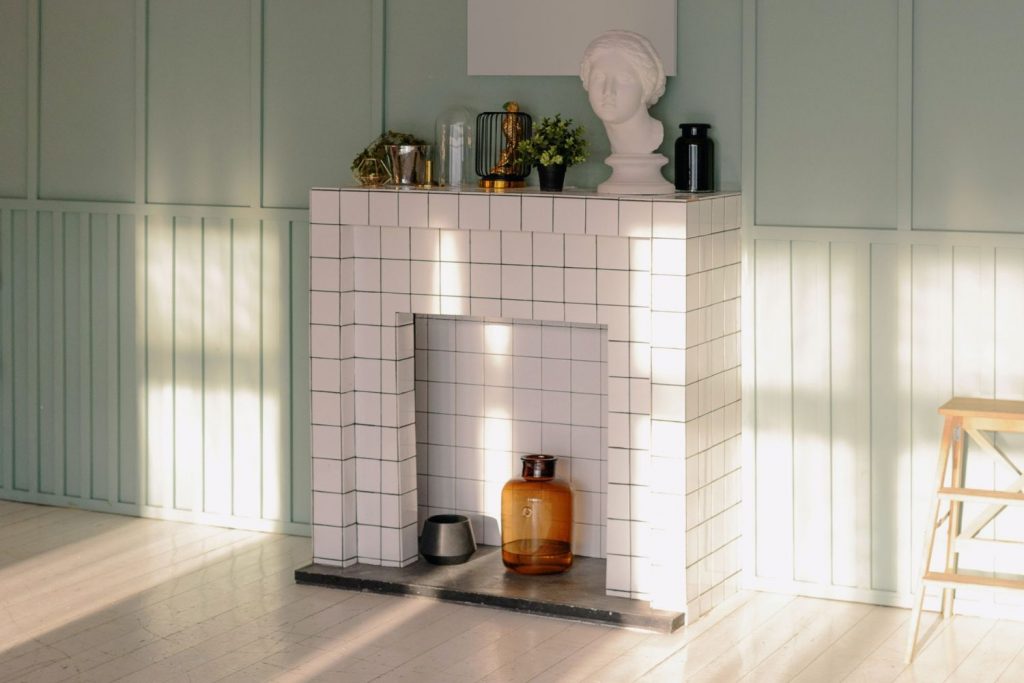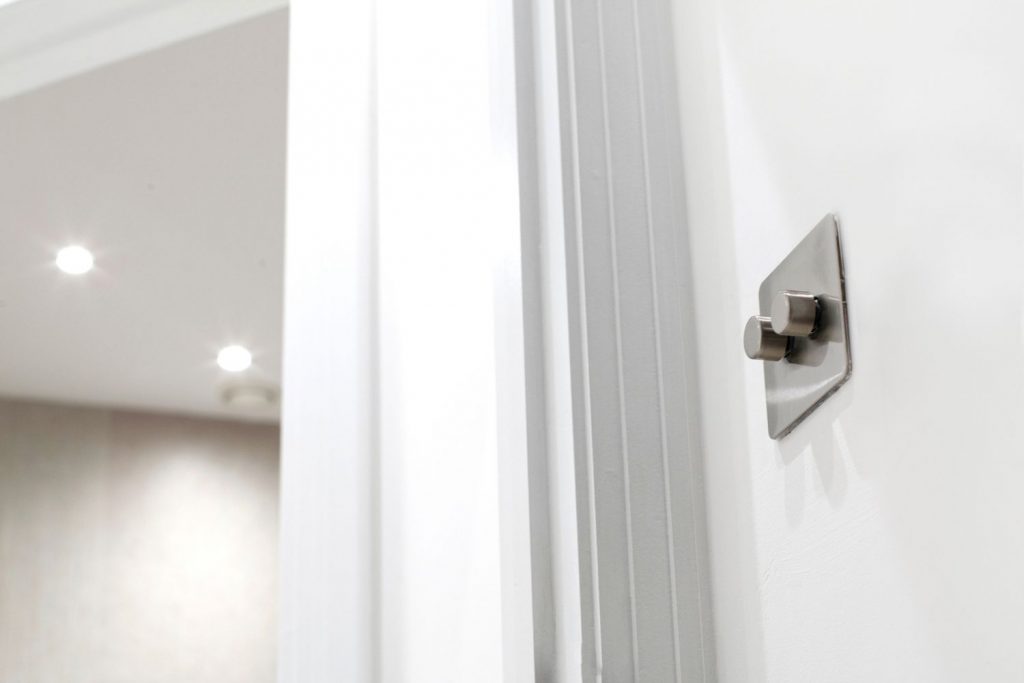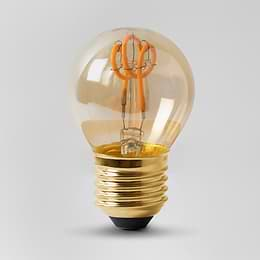How to Save Money on Your Electricity Bills
How to Save Money on Your Electricity Bills

The current cost of living crisis has us all looking for ways that we can save money, and one expense that is taking a particular toll on our wallets is our electricity bills. Lighting is an essential aspect of our lives, but it can also consume a significant amount of energy.
By implementing energy saving lighting solutions, we can not only save money on our electricity bills, but we can also make a positive impact on the environment in the process.
In this blog, we will explore several practical tips and tricks that can help lower your energy bills, as well as your carbon footprint.
Transition to LED Lights
One of the most effective ways to save money and energy in lighting is to switch from traditional incandescent or halogen bulbs to LED lights.
LEDs, or Light-emitting diodes consume significantly less energy while providing the same level of brightness as their older counterparts. LEDs are also much more durable and have a longer life span, making them a smarter choice all around. We have a large range of beautiful LED light bulbs to choose from.
Optimize Natural Lighting

Make the most of natural light during daylight hours by keeping windows unobstructed, using light-coloured curtains or blinds, and using mirrors to reflect as much natural light as possible.
Using natural light in place of artificial light not only cuts the cost of your energy bills, but also creates a pleasant and productive environment.
Install Dimmer Switches

Dimmer switches allow you to adjust the brightness of your lights according to your needs. Using a good quality dimmer with your LED bulbs can conserve energy while creating a cosy ambience.
Consider installing dimmer switches in living rooms, bedrooms, or dining areas, and keeping the light level low enough to see, but bright enough to avoid eye strain.
Utilise Task Lighting
Instead of relying solely on bright overhead lighting, add task lighting to any workspace for specific activities. Task lights such as desk lamps or under-cabinet lights direct light to a desired area, reducing the need for overall room lighting.
Embrace Motion Sensor and Timers
Motion sensor and timer-based lighting systems are ideal for areas that are frequently unoccupied or where lighting is only needed for short periods of time, automatically turning lights on as you move through a room or as part of a schedule, and switching off when the area is vacant.
These are especially effective in homes where forgetting to turn lights off is a common occurrence and eliminates the possibility of lights being left on unintentionally.
Cleaning Your Shades

Regular maintenance and cleaning of your lighting fixtures are essential for the best light output. Gathering dust can reduce light output on light shades and even bulbs, forcing you to turn up the brightness just to see.
Cleaning your fixtures and replacing outdated or inefficient bulbs will ensure maximum brightness while consuming less energy. Please clean lights safely and ensure you turn lights off at the mains before removing shades or bulbs, and do not allow any water to make contact with bulbs or wiring.
Making the switch to energy-efficient lighting is a simple yet impactful step toward reducing your energy bills. By following these tips, you can save money by reducing your energy consumption, and lower your carbon footprint in the process!
[related_products is_auto_added="1"]








